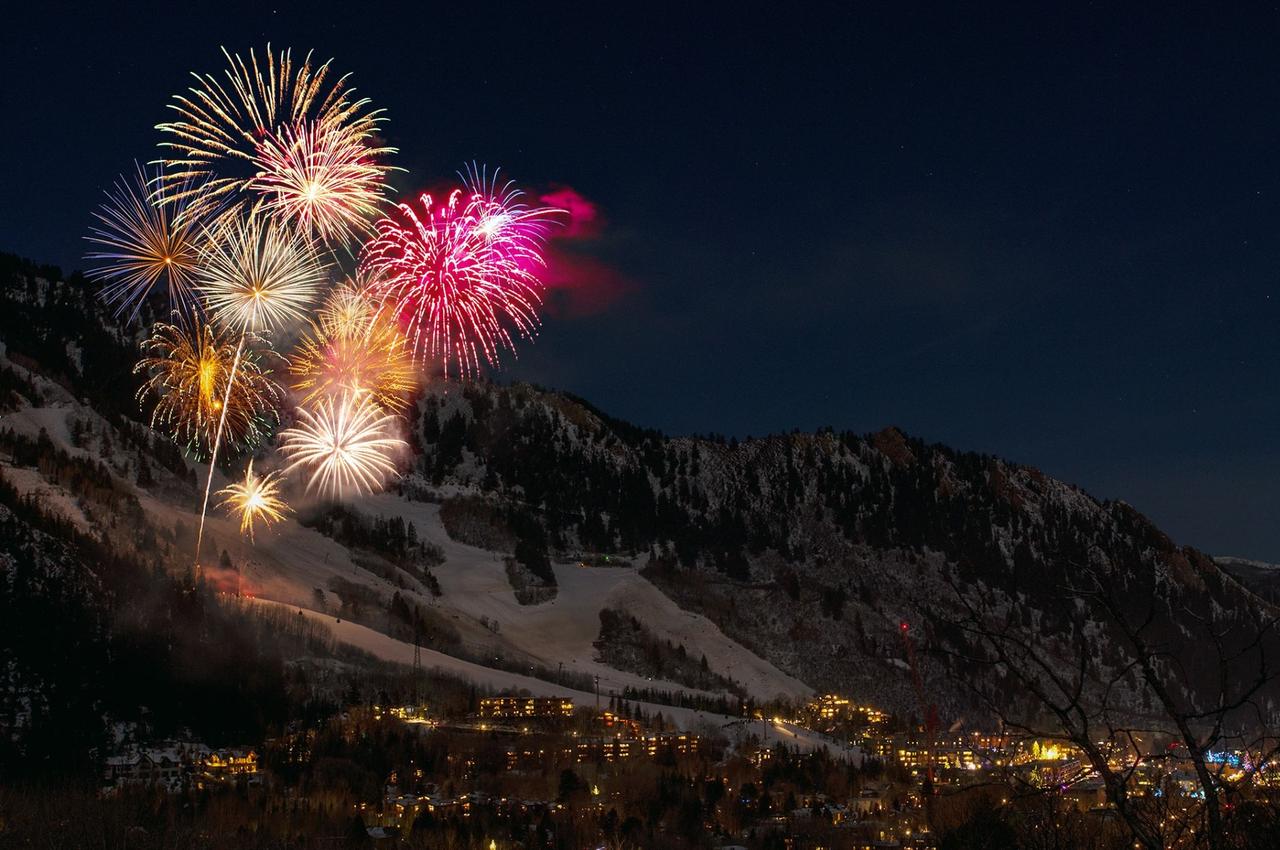
How Fireworks Frighten Wildlife
Spread cheer, not fear
Fireworks may bring the bang to any New Year’s celebration, but they put the environment at risk. Should they be cancelled?

New year is just around the corner. However you plan to ring in the new year, fireworks have been a part of the festivities for thousands of years. From London to Sydney to Rio de Janeiro, thousands of fireworks are set to light up the skies this New Years. While events are exciting for us, they aren’t for the environment. Sometimes, they can even be deadly.
The real cost of a firework

Research indicates fireworks create ecological impacts:
- Breeding failure may be linked to fireworks. In Chile, sea lions alter their behavior during breeding seasons because of these events.
- Thousands of birds abandon nests and take flight because of New Year’s Eve fireworks. Many of these birds fly too far and cannot return home.
- Other wildlife, such as deer and horses, flee — putting them at risk of road accidents and injury. Even enclosed animals are at risk. At a UK zoo, a zebra calf died in 2020 due to panic from fireworks.
- One-fifth of pet disappearances are linked to loud noises, including those caused by fireworks. These responses are considered similar to post traumatic stress disorder.
- Fireworks send toxic chemicals and pollutants into the environment. In just the US alone, total carbon emissions from fireworks total that of 12,000 cars. Sparklers and fireworks also release micro-plastics and perchlorates, resulting in contaminated waterways and harming marine life.
- Because fireworks release carbon monoxide, carbon dioxide and nitrogen; they contribute to global warming. There is also greater risk of wildfires.
Quiet is the new loud

Many places are ditching conventional fireworks for more environmentally friendly alternatives. For example, LED light and drone displays - helping eliminate smoke, risk of fire and noise pollution.